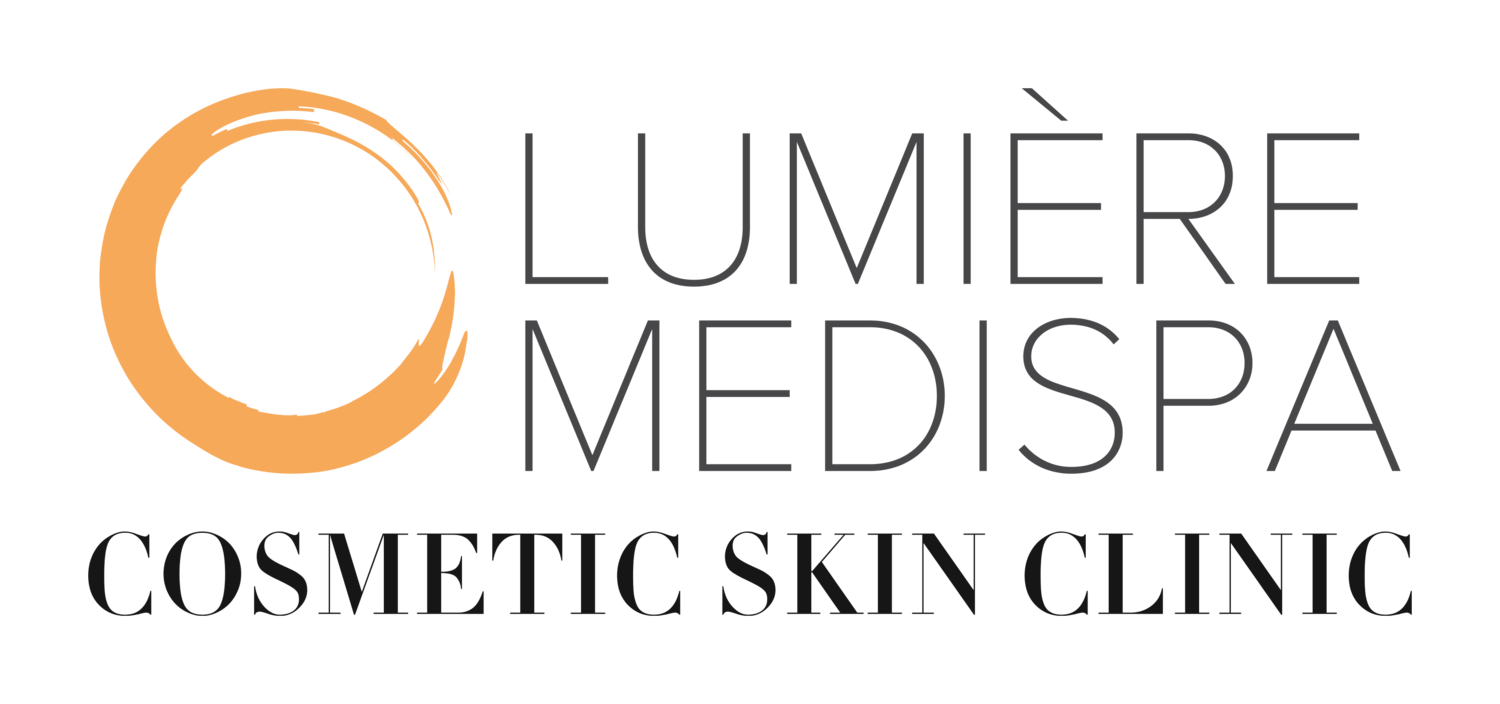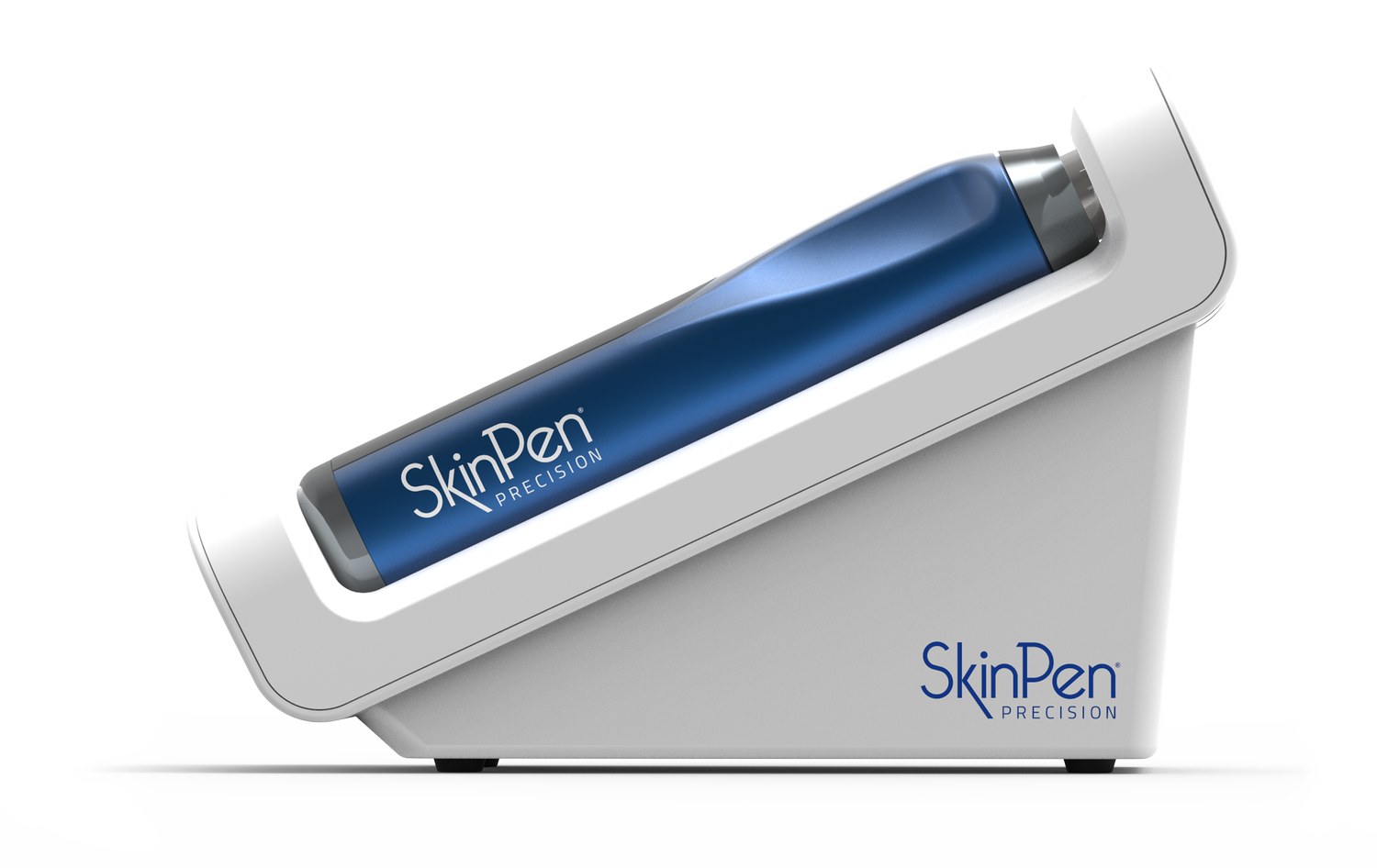Hurray, the warmer sunnier days are coming. It's sun awareness week, so what a great time to talk in a bit more detail, about the importance of sun protection.
Did you know that over 80% of skin ageing is due to daily sun exposure, causing damage to skin cells, even during the winter months?
We all enjoy the feel-good factor sunshine gives, the serotonin boost that lifts mood and the warmth on our skin. What's not to like about that?
BUT, be careful... we must always protect our delicate skin; it has to last us a very long time. During our younger years, we may not see the damage occurring until we start noticing changes in our skin, such as more noticeable pigment, redness, lines, wrinkles and skin texture until we age.
If you have noticed changes, there can be other contributing factors to consider. We can assess your skin, advise and, if necessary, discuss options to improve and optimise the health and appearance of your skin.
So how can we reduce the effects of ultraviolet radiation?
One of the most beneficial things we can do is apply a layer of sun protection daily to reflect those sun ray's off of the skin and minimise the harmful effects.
I often hear patients say they find these creams too thick, shiny or heavy, which we understand from our own experiences, leading us to choose the SPF’s we have in the clinic. Alternatively, some choose a moisturiser or a makeup foundation with spf in it.
It's definitely better than using no spf at all but it may not give enough protection.
What are the different types of sunscreen?
Patients have also said they don't understand the differences in spf products, which is understandable, neither did I until I studied the benefits. Then I went on to nurse in Dermatology and help spread the word about the importance of sun protection, and over the past 20 years I have noticed much more awareness and use of spf, which is fantastic.
What is spf, it stands for sun protection factor. Its a measurement of the amount of protection from the sun's ultraviolet rays. The sun emits 3 types of ultraviolet radiation, UVC which is blocked by the earth's ozone layer.
UVB which primarily causes the skin to burn
UVA which can penetrate the deeper layers of the skin. Which contributes to premature ageing, and we must not forget the risk of skin cancer.
What's the main things we need to look out for when choosing Spf.
Look for a broad spectrum spf, which means it gives both UVA and UVB protection.
Choose a minimum spf 30 or above.
Check the expiry dates, particularly if you have had your existing spf for a while.
The active ingredients in SPF can either be organic (often referred to as chemical filters) which when applied absorb the UV radiation generating and dispersing heat on the skin. Inorganic (often referred to as mineral or physical filters) mainly scatter UV radiation off the skin. Or there can be SPF's with organic and inorganic ingredients, absorbing and reflecting the UV rays.
Zinc and titanium dioxide are the main ingredients that help to reflect UV radiation.
So how do we choose?
Sometimes certain skin types may benefit from a more specific spf.
For example, if you have a more reactive skin type you may be more suited to an inorganic (mineral) Spf, so the UV is mostly reflected off of the skin. Heliocare Mineral SPF is perfect for sensitive skin and leaves the skin silky smooth and protected.
We can help if you're not sure.
The takeaway message is...
Use an SPF daily, all year round, reapply every couple of hours and if you have extended times of exposure, please take extra precautions, such as wearing a hat.
Have a fabulous summer, everyone!
Nicola Belson RN NIP
Nicola started her Aesthetic career in 1997. In 2011 Nicola gained a Master’s Degree in Nursing and continued her post graduate studies becoming an Independent Nurse Prescriber.
In 2014 Nicola was recognised for her contributions and commitment to the high standards of patient care within the community and awarded the title “Queens Nurse” by The Queens Nursing Institute. To this day she proudly remains an honorary member and advocates the core values and commitment to high standards of patient care.










